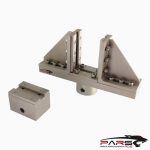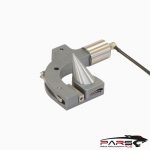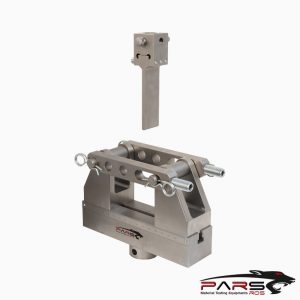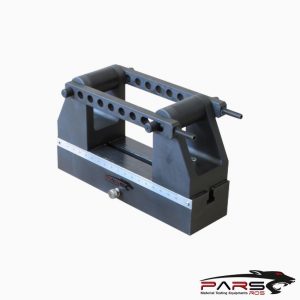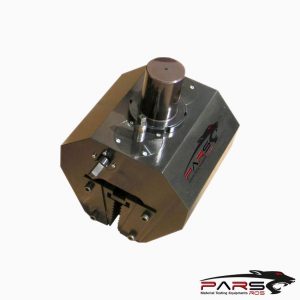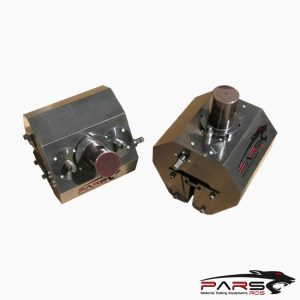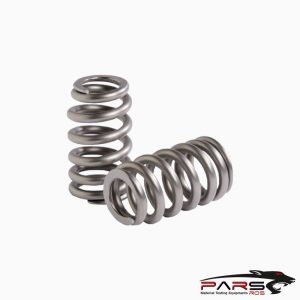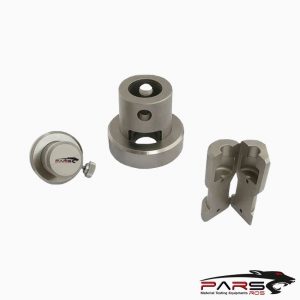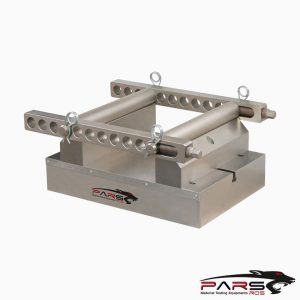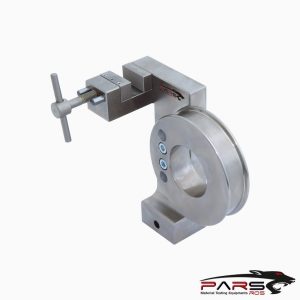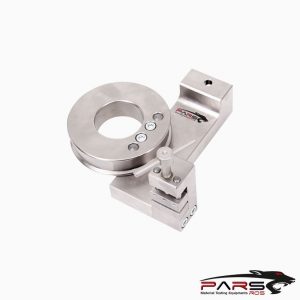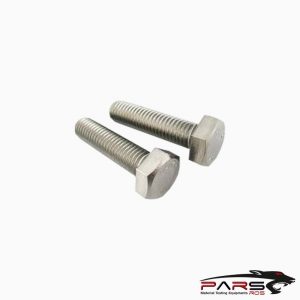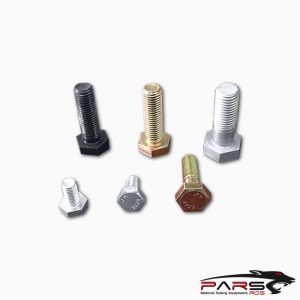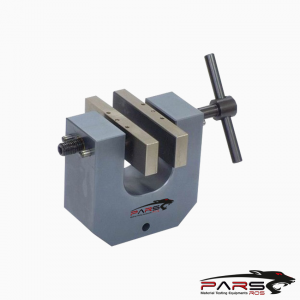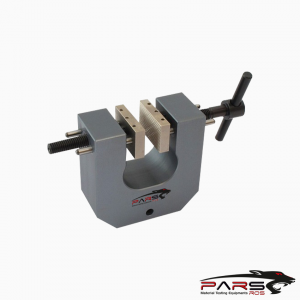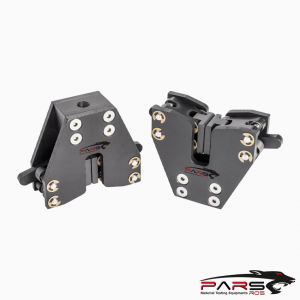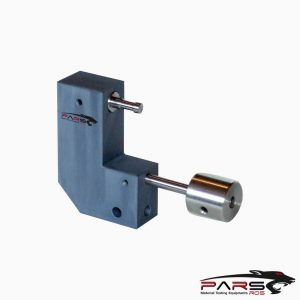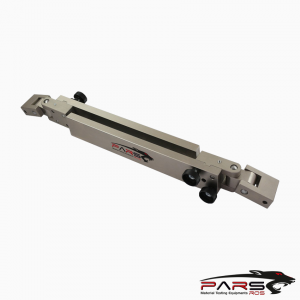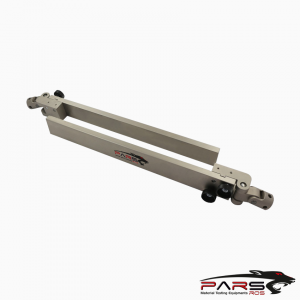ASTM D7205 – Standard Test Method for Tensile Properties of Fiber Reinforced Polymer Matrix Composite Bars
ASTM D7205 – This test method determines the quasi-static longitudinal tensile strength and elongation properties of fiber reinforced polymer matrix
(FRP) composite bars commonly used as tensile elements in reinforced, prestressed, or post-tensioned concrete.
Please Contact With Us For More Information
- Description
- TECHNICAL SPECIFICATIONS
Description
Description
ASTM D7205 – Standard Test Method for Tensile Properties of Fiber Reinforced Polymer Matrix Composite Bars
ASTM D7205 – This test method determines the quasi-static longitudinal tensile strength and elongation properties of fiber reinforced polymer matrix
(FRP) composite bars commonly used as tensile elements in reinforced, prestressed, or post-tensioned concrete.
NOTE 1: Additional procedures for determining tensile properties of polymer matrix composites may be found in test methods D3039/D3039M and D3916.
** Linear elements used for reinforcing Portland cement concrete are referred to as bars, rebar, rods, or tendons, depending on the specific application.
ASTM D7205 –This test method is applicable to all such reinforcements within the limitations noted in the method.
The test articles are referred to as bars in this test method.
In general, bars have solid cross-sections and a regular pattern of surface undulations and/or a coating of bonded particles
that promote mechanical interlock between the bar and concrete.
The test method is also appropriate for use with linear segments cut from a grid.
Specific details for preparing and testing of bars and grids are provided.
In some cases, anchors may be necessary to prevent grip-induced damage to the ends of the bar or grid.
Recommended details for the anchors are provided in Annex A1.
** The strength values provided by this method are short-term static strengths that do not account for sustained static or fatigue loading.
Additional material characterization may be required, especially for bars that are to be used under high levels of sustained or repeated loading.
Significance and Use
This test method is designed to produce longitudinal tensile strength and elongation data.
From a tension test, a variety of data are acquired that are needed for design purposes.
Material-related factors that influence the tensile response of bars and should therefore be reported include the following:
Constituent materials, void content, volume percent reinforcement, methods of fabrication, and fiber reinforcement architecture.
Similarly, test factors relevant to the measured tensile response of bars include specimen preparation, specimen conditioning, environment of testing, specimen
alignment and gripping, and speed of testing.
Properties, in the test direction, that may be obtained from this test method include:
Ultimate tensile strength,
Ultimate tensile strain,
Tensile chord modulus of elasticity, and Stress-strain curve.
*** Before conducting ASTM D7205 , it is important to read the entire specification. Standards can be obtained from appropriate standard authorities.
***PARSROS offers several types of grips and fixtures which will enable you to perform a variety of tests that are
accurate and repeatable.
TECHNICAL SPECIFICATIONS
Please contact with our engineers so that we can find and offer Best Universal Tensile Test Machines , Grips , Jaws and Other Accessories for your operations



